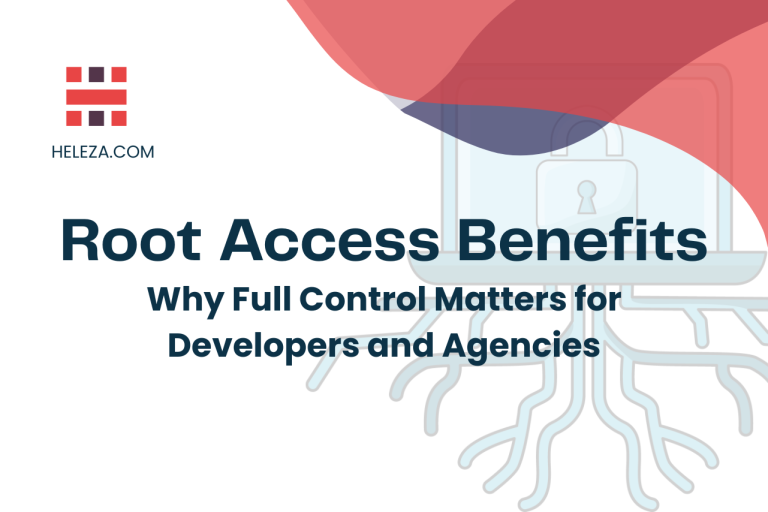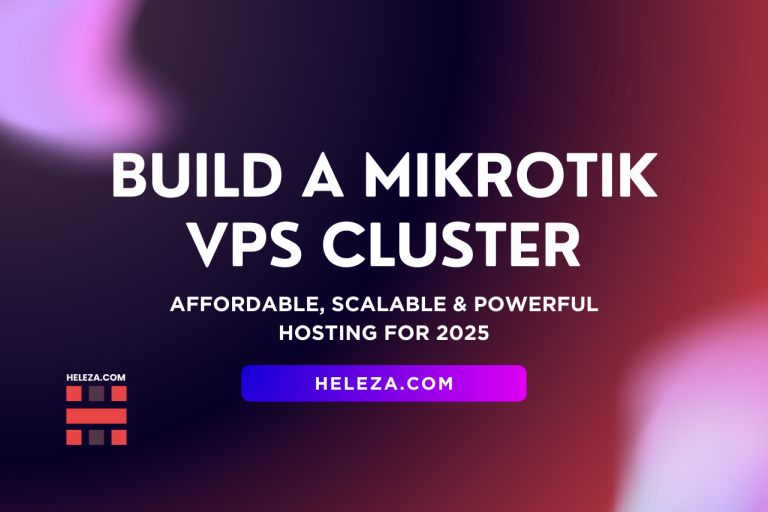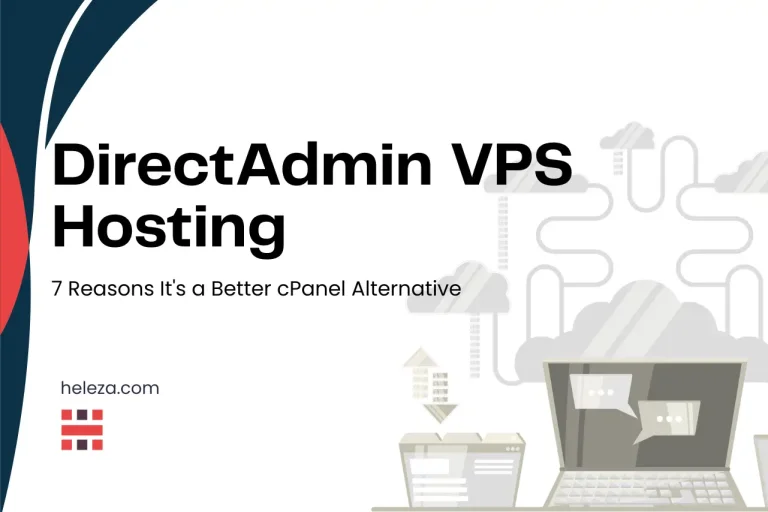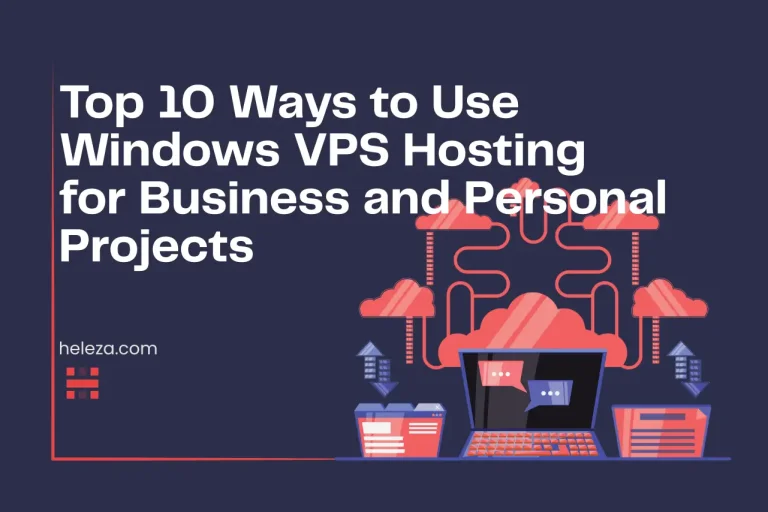Linux VPS with GUI: The Easiest Way to Manage Your Server Like a Pro
Running a Linux VPS with a graphical user interface (GUI) closes the gap between desktop familiarity and cloud power. For developers, designers, and non-Linux specialists who prefer point-and-click workflows, a GUI on a VPS makes server management, application testing, and desktop-style work (editing, browsing, and visual tools) far more approachable than pure CLI-only servers. This guide explains what a Linux VPS with GUI is, why it’s useful, how to set one up safely, which GUIs and remote access tools work best, and how to pick a provider or managed plan that supports GUI workflows without sacrificing performance or security.
Start your GUI-ready Linux VPS today — fast provisioning, full root access.
Deploy a Linux VPS with GUI on Heleza
Why choose a Linux VPS with GUI?
A GUI on a VPS gives you the familiar desktop experience (file manager, editors, browser) while still offering all VPS benefits: configurable CPU/RAM, dedicated disk, snapshots, and network isolation. Use cases include:
- Visual web development and testing (browser-based debugging on the actual server).
- Running GUI apps like image editors, IDEs, or remote admin tools.
- Training, demos, or client environments where a desktop is easier for non-technical users.
- When you need a hybrid: CLI power for automation and GUI for interactive tasks.
A GUI is not for every workload — headless servers remain best for lightweight, high-density production. But for tasks where visual tools speed work, a GUI on a Linux VPS is the most practical solution.
Common desktop environments and remote access options
Choose a desktop environment based on resource needs:
- Lightweight DEs (recommended for VPS): XFCE, LXDE, LXQt — low RAM/CPU footprint.
- Full-featured DEs: GNOME, KDE Plasma — richer UX, heavier on resources.
- Server-centric web GUIs: Cockpit — manage system services, containers, storage from a browser without a full desktop.
Remote access options:
- RDP (xRDP): Windows Remote Desktop Protocol for Linux desktops; simple for Windows users. Guides exist to configure xRDP with XFCE or Xubuntu.
- VNC (TigerVNC, TightVNC): Classic remote desktop; pair with SSH tunneling for security.
- NoVNC / Web VNC: Web-based VNC clients for browser access — handy for lightweight access without local clients.
- Cockpit / Web consoles: For admin tasks, a web console (Cockpit) is often more secure and lighter than a full GUI.
How to install a GUI on an Ubuntu (or Debian) VPS — practical steps
You don’t need to guess—here’s a tested, minimal approach using XFCE + xRDP (works well on small VPS plans).
- Update the system
sudo apt update && sudo apt upgrade -y - Install a lightweight desktop
sudo apt install xfce4 xfce4-goodies -y - Install xRDP
sudo apt install xrdp -y
Enable and start xRDP:sudo systemctl enable xrdp && sudo systemctl start xrdp - Configure xRDP to use XFCE
Addstartxfce4to/etc/skel/.xsessionor to~/.xsessionfor the user. - Secure the access
- Use UFW to limit the RDP port to your IPs.
- Prefer SSH tunnel to expose RDP only locally.
- Consider installing fail2ban for brute-force protection.
Lightweight vs full desktop: choose for your workload
- If you want to run browsers, editors, and occasional graphical apps on a small VPS — go XFCE or LXDE. These work well with 1–2 vCPU and 1–2 GB RAM for light workloads.
- If you run heavy GUI apps (modern Chrome with many tabs, heavy IDEs, image editing) — provision 4+ vCPU and 8+ GB RAM; choose GNOME or KDE if you need their richer features.
- For administrative tasks (service restarts, logs, container management) — use web GUIs like Cockpit, which are lighter and designed for server ops.
Security considerations when enabling a GUI
Adding a GUI increases the attack surface. Follow these hardening steps:
- Don’t expose RDP/VNC ports publicly. Use SSH tunnel or VPN for remote desktop access.
- Enable a firewall (UFW, firewalld) and only open necessary ports.
- Use strong authentication: SSH keys for console, strong passwords or two-factor for accounts.
- Keep the system and GUI packages updated to close vulnerabilities.
- Use fail2ban and WAFs where relevant to block repeated login attempts.
- Prefer web-based admin tools like Cockpit for routine server management — fewer services exposed.
Performance: running GUI without killing your VPS
GUIs consume RAM and GPU (emulated). To maintain performance:
- Select lightweight DEs (XFCE/LXDE).
- Ensure VPS has SSD/NVMe storage; swap on disk will slow GUI performance severely.
- Use browser headless mode or remote debug tools when possible instead of running many browser tabs on the server.
- Monitor CPU and memory; scale up (vCPU/RAM) before performance degrades.
Top hosting reviews emphasize choosing NVMe/SSD storage and right-sized memory to avoid IO and swap bottlenecks for GUI workloads.
Tools & utilities that make GUI VPS workflows productive
- IDE & editors: VS Code (with remote server extensions), Geany, or lightweight editors like Mousepad.
- Browsers: Firefox or Chromium (headless where possible; GUI only if needed).
- File managers & transfer: Nautilus, Thunar, and SFTP/FTP clients for file movement.
- Remote display performance: Configure compression settings in TigerVNC or xRDP; use xRDP + RDP for better performance in many scenarios. Community guides offer tuned configs.
Managed vs unmanaged: when to buy a managed GUI-enabled VPS
Managed VPS removes the system administration burden—updates, backups, security hardening, and even GUI setup can be handled for you. Choose managed plans when:
- You lack Linux admin experience.
- You need guaranteed uptime and support SLAs.
- You require security and backup policies maintained for you.
Major managed hosts and VPS reviewers list managed VPS as a top pick for users who want reliability and support. If you want a GUI but also 24/7 support and automated maintenance, a managed Linux VPS with GUI setup included is a pragmatic option.
A Linux VPS with GUI is a virtual private server running a graphical desktop environment (e.g., XFCE, GNOME) and remote access tools (RDP/VNC) so you can use the server like a desktop.
Not usually. GUIs provide convenience for visual tasks or non-technical users. For production services, headless servers are more efficient.
XFCE and LXDE/LXQt are best for constrained resources. GNOME and KDE for richer experiences on beefier VPS plans.
Use SSH tunnels or VPNs, enable firewalls, use strong auth, and avoid exposing RDP/VNC to the public internet.
Yes, but browsers consume significant RAM/CPU—use larger VPS plans for heavy browsing or many open tabs.
Final recommendations
If you need the ease of a desktop while keeping the flexibility of a VPS, a Linux VPS with GUI is a sensible choice. Choose lightweight desktop environments, secure remote access, NVMe storage, and scale resources as needed. If you prefer not to manage system administration, consider a managed Linux VPS that includes GUI setup and maintenance.
Ready to try a fast, GUI-ready Linux VPS?
Deploy a Linux VPS with full root access on Heleza







